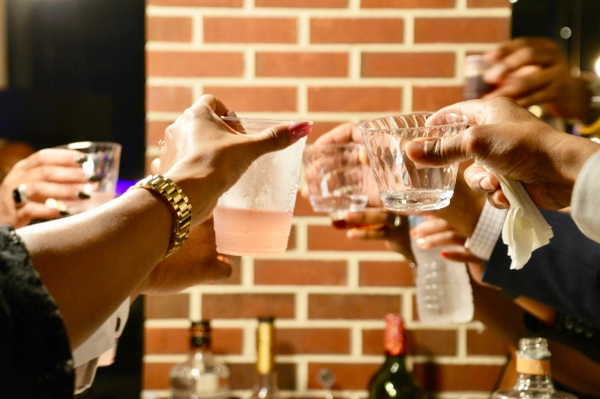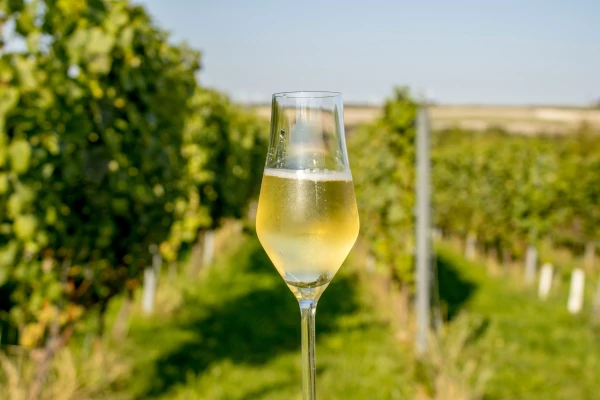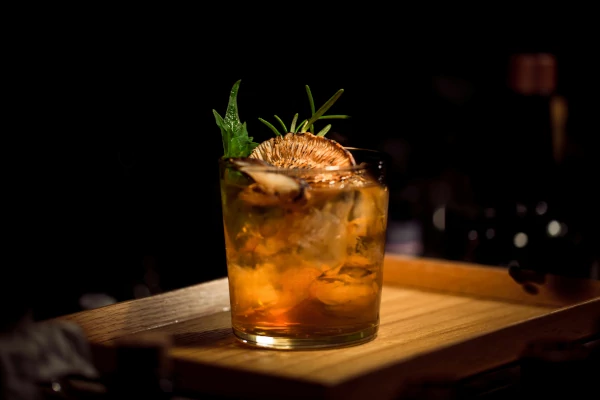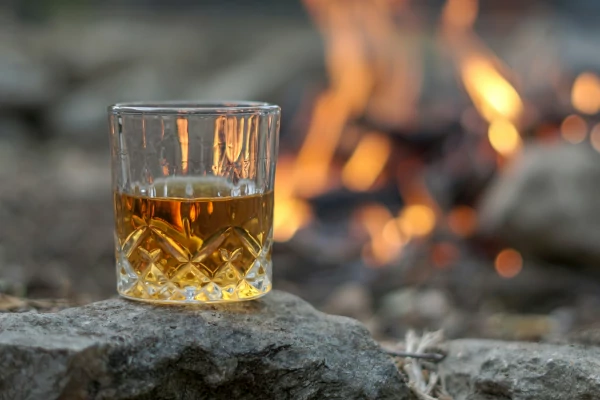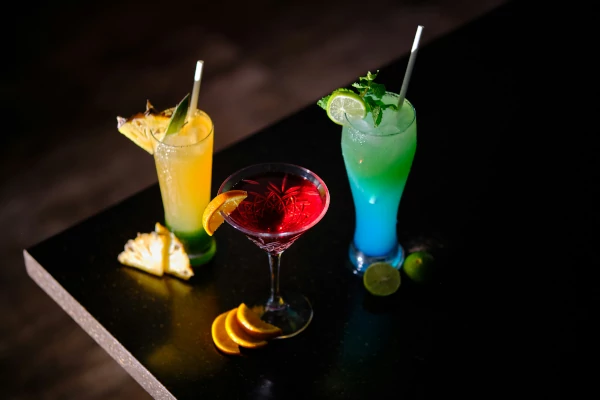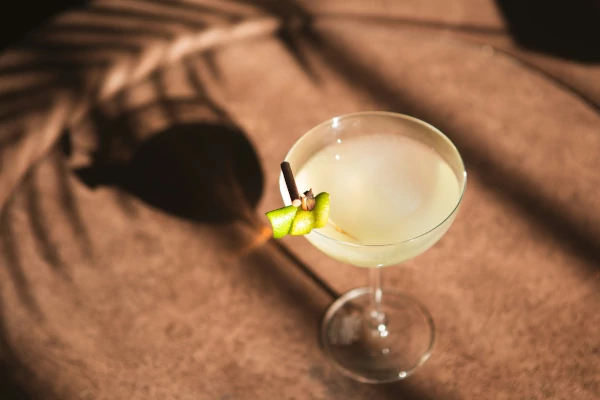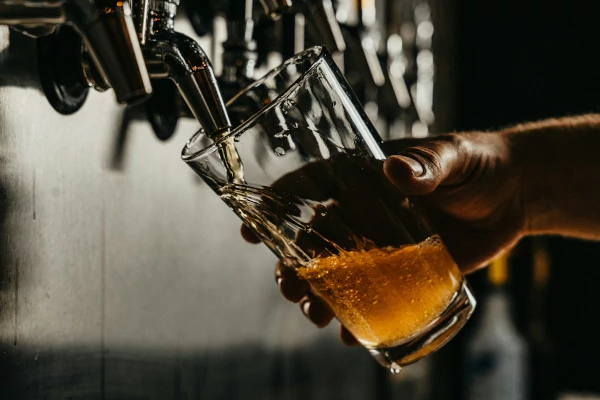Spirits vs. Liqueurs: Understanding the Differences

Explore the essential differences between spirits and liqueurs, from their production processes to their unique roles in cocktails. Discover how these distinct beverages enhance flavor and elevate your mixology skills!
When it comes to the world of alcohol, terms like "spirits" and "liqueurs" often pop up in discussions, menus, and recipes. While they may seem similar, they represent distinct categories of beverages that each play unique roles in the cocktail scene. In this article, we’ll clarify the differences between spirits and liqueurs, provide examples, and explore their uses in cocktails.
It is advisable to have alcohol/liquor drinking license in Maharashtra. You can apply online for alcohol/liquor drinking liquor license here : Click Here to Apply Now
What Are Spirits?
Spirits, also known as distilled beverages or hard liquor, are alcoholic drinks that have undergone the process of distillation. This process involves heating fermented grains, fruits, or vegetables to separate the alcohol from the water and other components, resulting in a higher alcohol content.
Key Characteristics of Spirits:
1. Alcohol Content: Spirits typically have a high alcohol by volume (ABV), usually ranging from 20% to 50% or more.
2. Base Ingredients: Common base ingredients for spirits include grains (whiskey, vodka), fruits (gin, brandy), and sugarcane (rum).
3. Flavor Profile: Spirits have a more robust, direct flavor compared to liqueurs, often reflecting the raw materials used in their production.
Popular Examples of Spirits:
1. Vodka: A neutral spirit made from grains or potatoes, often used in cocktails like the Martini or Moscow Mule.
2. Whiskey: Made from fermented grain mash, it comes in various styles (bourbon, Scotch, rye) and is enjoyed neat, on the rocks, or in cocktails like the Old Fashioned.
3. Gin: A spirit flavored with botanicals, primarily juniper berries, perfect for cocktails like the Gin and Tonic or Negroni.
4. Rum: Made from sugarcane or molasses, rum can be enjoyed in cocktails like the Mojito or Piña Colada.
5. Tequila: Derived from the blue agave plant, tequila is essential for cocktails like the Margarita or Tequila Sunrise.
What Are Liqueurs?
Liqueurs, on the other hand, are sweetened spirits that are often flavored with fruits, herbs, spices, or other botanicals. They are typically lower in alcohol content than spirits, thanks to the addition of sugar and flavoring agents.
Key Characteristics of Liqueurs:
1. Alcohol Content: Liqueurs usually have a lower ABV, typically between 15% and 30%.
2. Flavoring: They are made by infusing a base spirit with a variety of flavors, which can range from fruity to herbal to nutty.
3. Sweetness: Liqueurs are generally sweeter than spirits, making them great for mixing into cocktails or enjoying on their own.
Popular Examples of Liqueurs:
1. Amaretto: An almond-flavored liqueur that adds a sweet, nutty note to cocktails like the Amaretto Sour.
2. Triple Sec: A sweet orange-flavored liqueur often used in cocktails like the Cosmopolitan and Margarita.
3. Baileys Irish Cream: A creamy liqueur made from Irish whiskey and cream, perfect in coffee or desserts.
4. Campari: A bitter, herbal liqueur that’s a key ingredient in classic cocktails like the Negroni and the Americano.
5. Limoncello: An Italian lemon liqueur that is delightful when served chilled, often enjoyed as a digestif.
How They Are Used in Cocktails
Understanding the differences between spirits and liqueurs can significantly enhance your cocktail-making skills. Here’s how each is typically used:
1. Spirits: As the primary ingredient, spirits form the backbone of cocktails. Their distinct flavors and higher alcohol content provide the base upon which cocktails are built. For instance, a classic Whiskey Sour highlights the rich flavors of whiskey, balanced with sour citrus.
2. Liqueurs: Often used as modifiers or sweeteners, liqueurs add complexity and depth to cocktails. For example, in a Margarita, tequila serves as the base spirit, while triple sec enhances the flavor profile with a citrusy sweetness.
Conclusion
In summary, while both spirits and liqueurs play crucial roles in the world of mixology, they have distinct characteristics that set them apart. Spirits are robust and versatile, serving as the foundation for countless cocktails, while liqueurs bring sweetness and flavor, enriching the overall drinking experience. Understanding these differences can help you craft better cocktails and appreciate the artistry behind your favorite drinks. Cheers!
How to get drinking liquor license : Click Here to Apply Now
